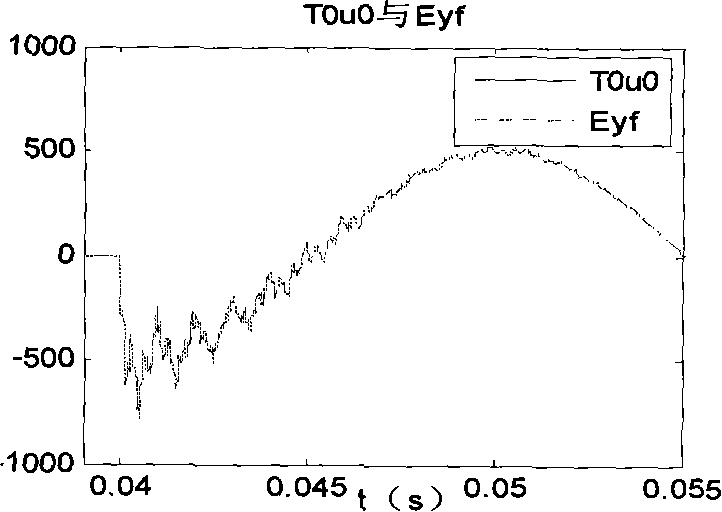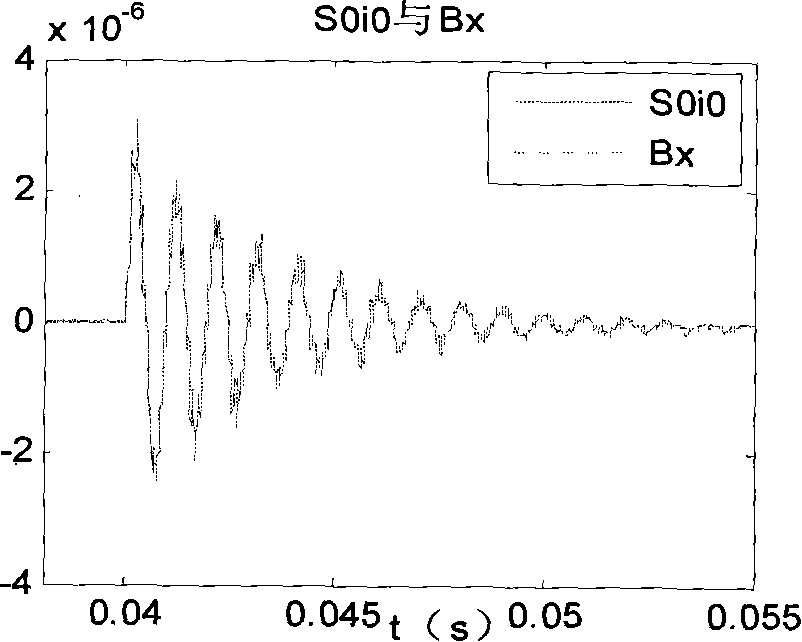Electrical power system failure information obtaining method
A technology of fault information and acquisition method, which is applied to fault locations, electrical components, circuit devices, etc., and can solve problems such as low sampling frequency and inability to meet traveling wave distance measurement
- Summary
- Abstract
- Description
- Claims
- Application Information
AI Technical Summary
Problems solved by technology
Method used
Image
Examples
Embodiment 1
[0111] 1. Utilize transient fault information mainly based on zero-mode components to locate small current ground fault sections
[0112]Utilizing the present invention to realize the location of the small current grounding fault section may be a fault indicator with a single function, and the FTU may also be used instead of the fault indicator as the core processing unit, collectively referred to as a fault indicating device. A typical automatic fault location system consists of three parts: a fault indication device distributed at each detection point of the line, a communication network (such as GPRS, etc.), and a master station of the automatic fault location system. The fault indication device collects the fault voltage and current information output by the electric field and magnetic field sensors. After a fault occurs, the component of the fault information in the characteristic frequency band is used to calculate the fault direction, and the fault indication device rep...
Embodiment 2
[0125] 2. Utilize transient fault information mainly based on zero-mode components to realize line selection for small current grounding faults
[0126] The fault line selection device is installed in the substation, and the zero-sequence voltage signal can be obtained by using the voltage transformer (TV) installed at the busbar, without additional installation of electric field sensors. For the cable outgoing line, the zero-sequence current signal can be obtained through the zero-sequence TA. For the overhead outgoing line that cannot obtain the zero-sequence current, a magnetic field sensor can be installed on the wall near the wall bushing of the overhead outgoing line. Figure 9 Shown; the implementation steps are as follows:
[0127] 1) Determine the location of the magnetic field detection point according to the actual line structure parameters,
[0128] 2) Install a magnetic field sensor on the wall near the wall bushing of the overhead outgoing line that cannot obtai...
Embodiment 3
[0136] 3. Use traveling wave information mainly based on zero-mode components to realize traveling wave distance measurement for small current grounding faults, and use traveling wave information mainly based on line mode components to realize traveling wave distance measurement for short-circuit and small current ground faults
[0137] 1) Install electric field sensors and (or) magnetic field sensors near the two ends of the line to detect space electric fields and (or) magnetic fields to obtain fault voltage and (or) current traveling wave signals mainly based on zero-mode components or line-mode components, as shown in the attached Figure 10 as shown,
[0138] 2) The distance measuring devices at both ends of the line record the fault traveling wave information obtained by the electromagnetic field sensor and transmit the data to the PC workstation of the control center,
[0139] 3) Utilizing the recorded time when the initial traveling wave of the fault mainly with zero-m...
PUM
 Login to View More
Login to View More Abstract
Description
Claims
Application Information
 Login to View More
Login to View More - R&D
- Intellectual Property
- Life Sciences
- Materials
- Tech Scout
- Unparalleled Data Quality
- Higher Quality Content
- 60% Fewer Hallucinations
Browse by: Latest US Patents, China's latest patents, Technical Efficacy Thesaurus, Application Domain, Technology Topic, Popular Technical Reports.
© 2025 PatSnap. All rights reserved.Legal|Privacy policy|Modern Slavery Act Transparency Statement|Sitemap|About US| Contact US: help@patsnap.com



